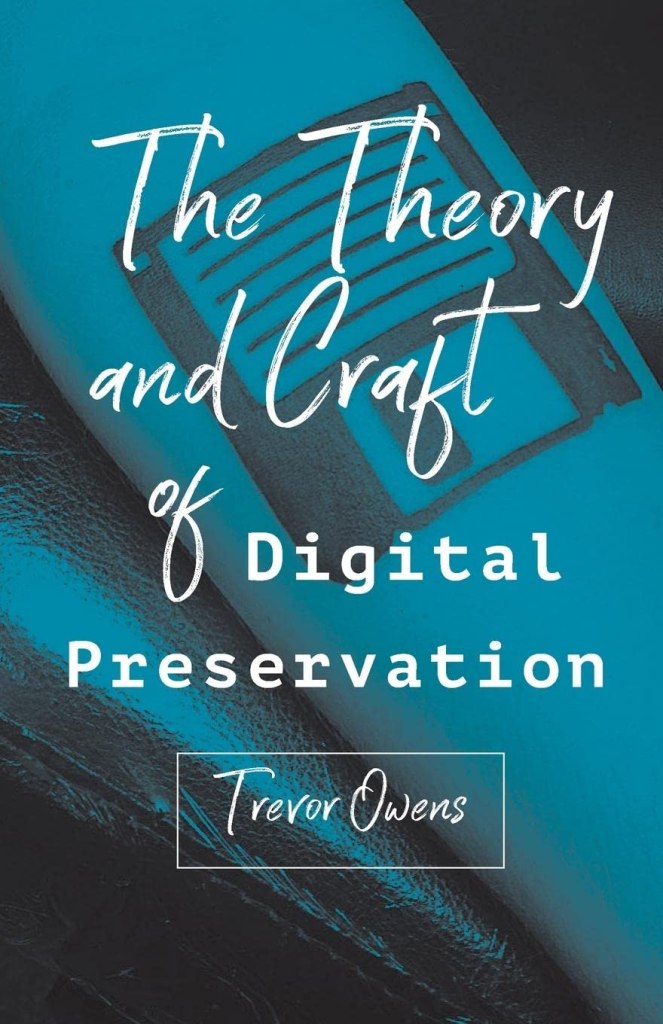I’m a social scientist, historian, and archivist working to deepen the positive impact of mission driven organizations on society.
This is my personal website, where you can find my bio, talks, CV, writings, courses I’ve taught.
📚 Recent books


🗞️ Recent blog posts
- Awe, Tree Rings, and Stars: Top Five Reads of 2023
- Reflecting on 2023
- The Theory and Craft of Digital Preservation en Español
- Advance Praise for After Disruption
- Reflecting on 2022: Exploring, Growing, and Writing
📖 Recent publications
Owens, T., Estes, J. (2023). Slide Decks as Government Publications: Exploring Two Decades of PowerPoint Files Archived from US Government Websites. Archival Science, 23 (2).
Holdzkom, E., Lopez, M., Owens, T., Salas, C., Seroka, L. (2022) Beyond Good Intentions: Developing and Operationalizing Values in the Structure of Digital Library Programs. Library Leadership & Management. 36 (2).
Lee, B., Owens, T. (2021) Grappling with the Scale of Born-digital Government Publications: Toward Pipelines for Processing and Searching Millions of PDFs. International Journal of Digital Humanities. 3 (1).
Owens, T. (2021) A Good Jobs Strategy for Libraries. Library Leadership & Management. 35 (3).
Owens, T., Padilla, T. (2020). Digital sources and digital archives: historical evidence in the digital age. International Journal of Digital Humanities. 2 (1).








